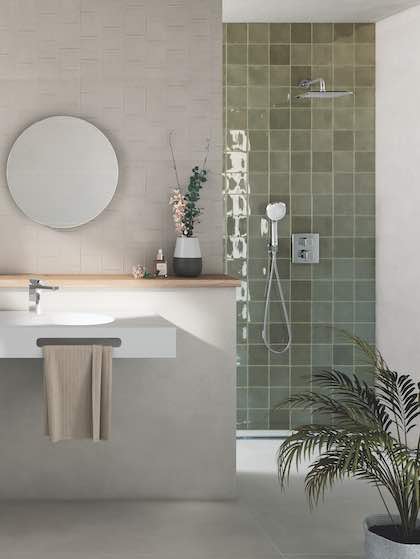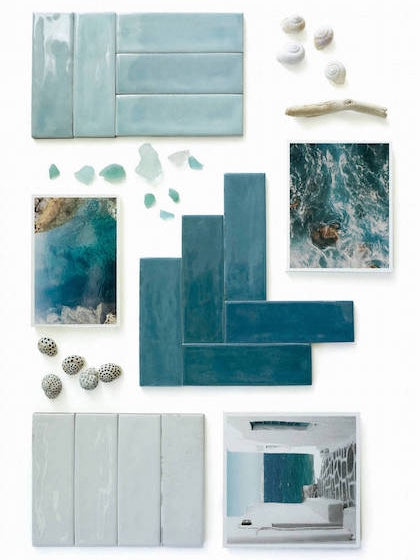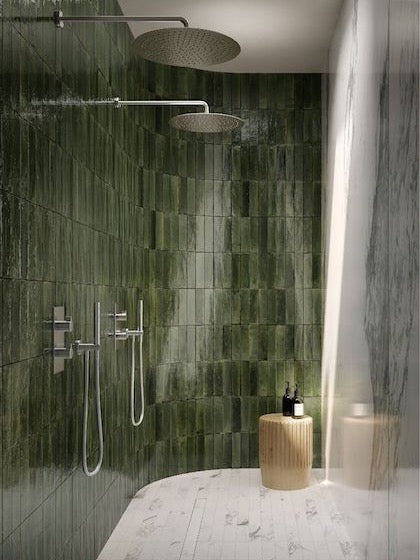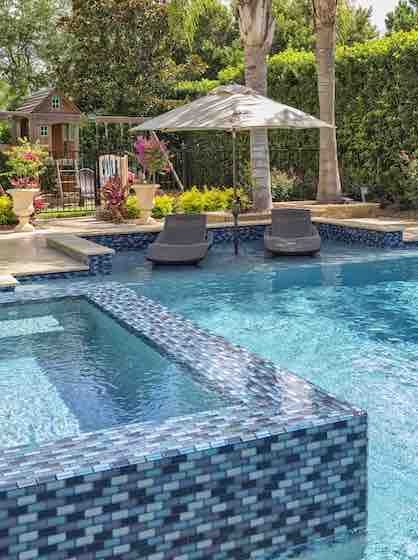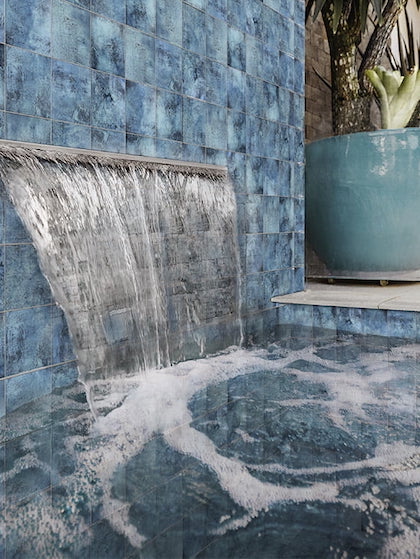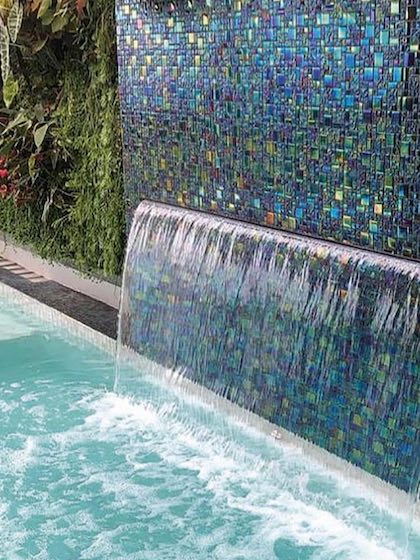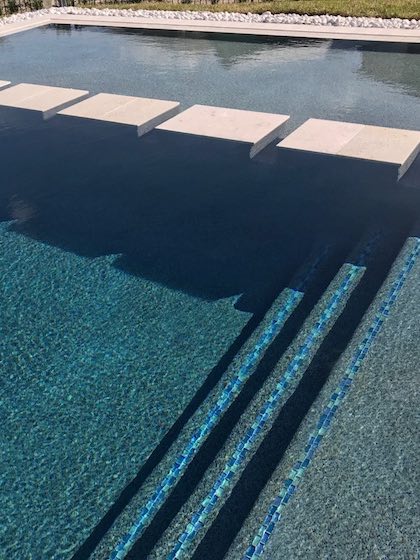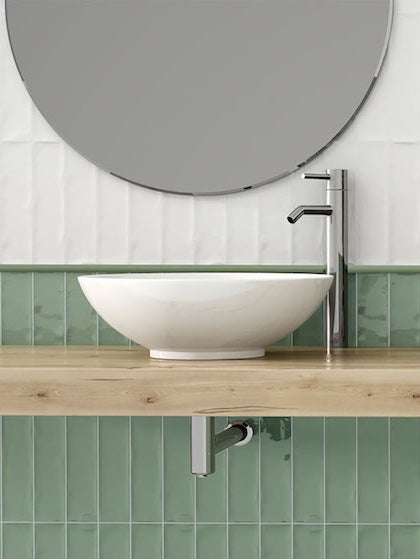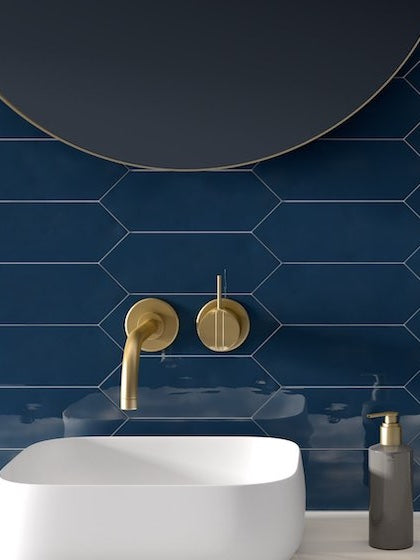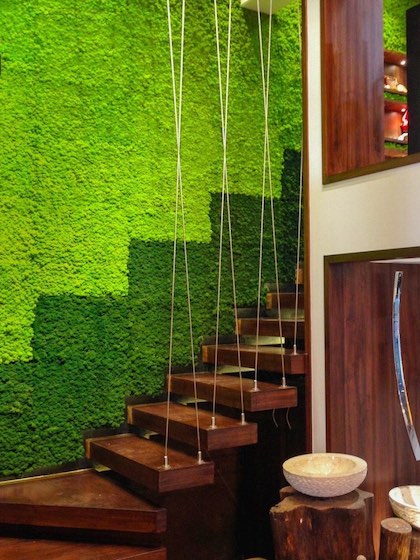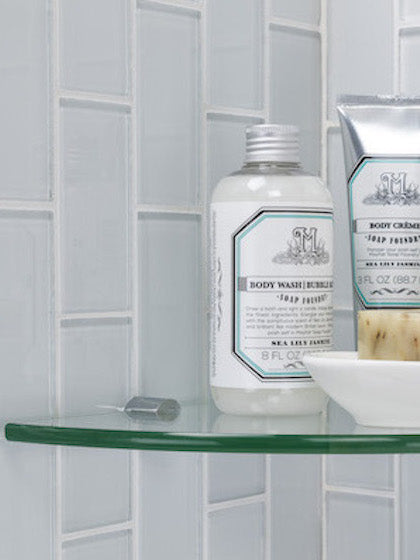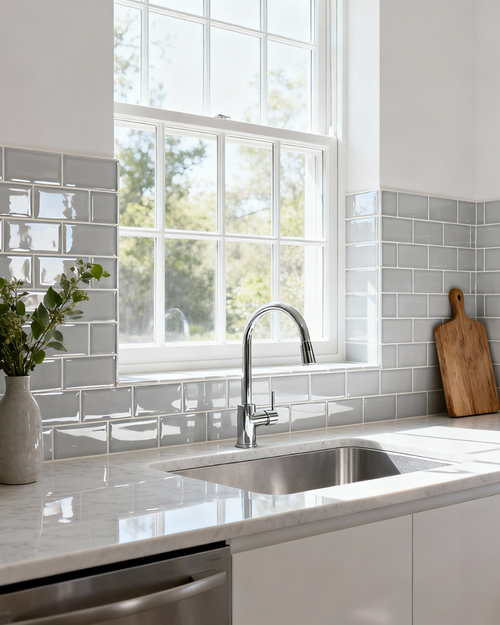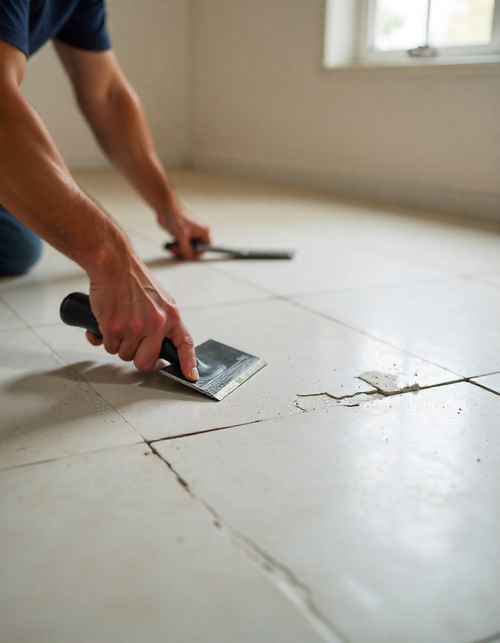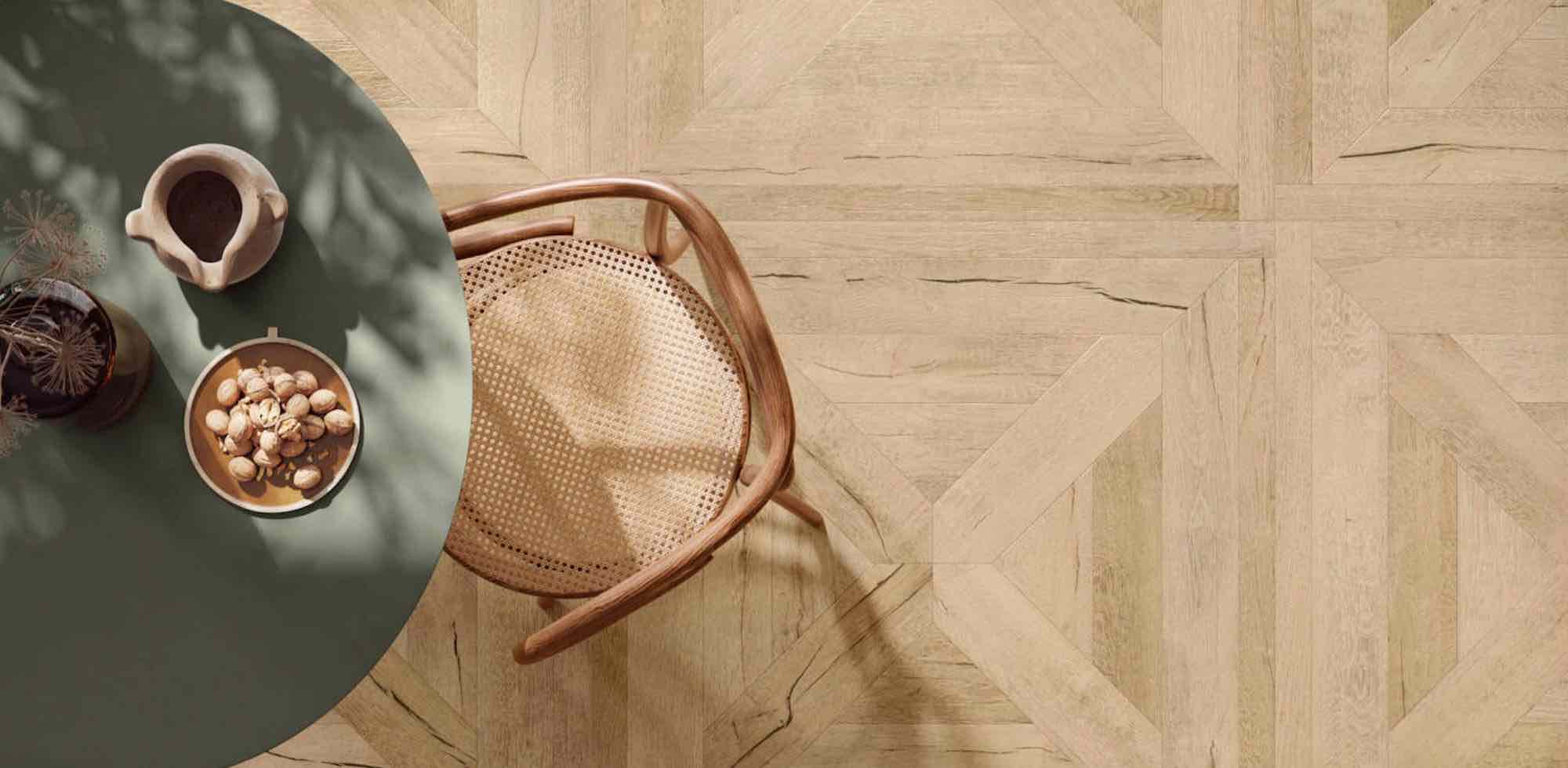What Makes Recycled Glass Tile Flooring Special
Recycled glass tile flooring is made from post-consumer and post-industrial glass—like old bottles, windows, or mirrors—that are melted and reshaped into tiles. The result? A sleek, reflective surface that’s both eco-friendly and visually striking.
Eco-Friendly Tile Flooring Ideas in Action
Designers and homeowners use recycled glass tiles in kitchens, bathrooms, and entryways to introduce color, light, and sustainability. They’re perfect for those seeking long-lasting, eco-friendly flooring that doesn’t compromise on aesthetics.
Key benefits include:
- Sustainability: Diverts glass waste from landfills.
- Aesthetic versatility: Available in endless colors and finishes.
- Easy cleaning: Non-porous and stain-resistant surface.
- Longevity: With proper care, they last for decades.
Are Recycled Glass Tiles Durable?

Let’s address the burning question: Are recycled glass tiles durable enough for flooring?
Yes—but with proper installation and maintenance. Recycled glass tile flooring is highly durable, especially in areas with light to moderate foot traffic. Modern manufacturing processes strengthen glass tiles to resist cracking, chipping, and fading.
Recycled Glass Flooring Durability in Numbers
- Mohs Hardness Rating: Typically around 5 to 6, comparable to granite.
- Lifespan: Over 20 years with proper sealing and care.
- Scratch Resistance: Glass tiles rank high in scratch resistance, though using rugs or pads under furniture is wise.
However, like any flooring, their durability depends on how they’re installed and maintained. Using a flexible thin-set mortar and proper grout minimizes breakage and ensures longevity.
Recycled Glass vs Ceramic Tile Flooring

| Feature | Recycled Glass Tiles | Ceramic Tiles |
|---|---|---|
| Eco-Friendliness | Made from 100% recycled materials | Made from natural clay |
| Aesthetic Appeal | Shiny, reflective, vibrant |
Matte or glossy, traditional |
| Durability | High scratch and fade resistance | Slightly higher impact resistance |
| Maintenance | Easier to clean, non-porous | Needs sealing for moisture protection |
| Cost | Moderately priced | Usually cheaper |
Both are excellent, but recycled glass tile flooring wins for sustainability and visual impact.
Slip Resistance of Glass Tiles
One common concern is the slip resistance of glass tiles. While glass sounds slippery, modern texturing techniques create surfaces that prevent slips.
Pro Tip: Choose frosted, matte, or textured glass finishes for bathrooms and entryways. These finishes offer higher slip resistance without sacrificing beauty.
Recycled Glass Tile Pros and Cons

To make an informed decision, it’s important to weigh both sides.
Pros
- Eco-friendly and sustainable
- Resistant to stains, mold, and mildew
- Easy to clean and maintain
- Reflects light beautifully, brightening rooms
- Long-lasting with minimal upkeep
Cons
- Can chip if heavy objects are dropped
- May feel cold underfoot in winter
- Requires professional installation for best results
- Slightly more expensive than ceramic
If you want long-lasting, eco-friendly flooring, the pros easily outweigh the cons—especially with the right care.
How to Clean Recycled Glass Tile Floors
Regular maintenance keeps your floors dazzling. Here’s how to keep them spotless:
Daily or Weekly Cleaning
- Sweep or vacuum to remove dust and debris.
- Use a soft mop with warm water and mild soap.
- Avoid abrasive tools—no steel wool or harsh scrubbing pads.
Monthly Deep Cleaning
- Mix a solution of vinegar and water (1:4 ratio) for a natural clean.
- Rinse thoroughly to prevent streaks.
- For stubborn stains, use cleaning products safe for glass tiles, like neutral pH cleaners.
Maintaining Shine on Glass Tile Floors
To maintain that glossy, reflective finish:
- Dry floors immediately after cleaning to avoid water spots.
- Use microfiber cloths for a streak-free shine.
- Polish occasionally with a glass-safe floor polish.
Avoid wax-based products—they can dull the surface and reduce the natural reflection of glass tiles.
Best Sealant for Glass Tile Floors
Although glass is non-porous, the grout lines between tiles can absorb moisture. To protect your installation:
- Apply a penetrating sealer on grout lines every 12–18 months.
- Look for eco-friendly, water-based sealants suitable for glass surfaces.
- For heavy-use areas like kitchens or bathrooms, use high-quality sealers from reputable brands.
A good sealer enhances recycled glass flooring's durability and helps resist staining and discoloration over time.
Tips for Caring for Recycled Glass Tiles
- Place rugs or mats at entrances to minimize dirt and grit.
- Use felt pads under furniture legs to prevent scratches.
- Clean spills immediately to avoid streaking.
- Avoid dropping heavy objects that could cause chips.
- Reapply grout sealer regularly for longevity.
With these habits, your floors can easily stay flawless for decades.
Sustainable Flooring Options Beyond Glass
If you’re exploring other sustainable flooring options, consider:
-
Bamboo flooring – Renewable and strong.
-
Cork flooring – Comfortable underfoot and naturally anti-microbial.
-
Reclaimed wood – Adds rustic charm while reducing waste.
- Recycled metal or rubber tiles – Industrial yet eco-friendly aesthetic.
Still, recycled glass tile flooring remains unmatched for style, sustainability, and easy upkeep.
Case Study: A Coastal Home’ Sustainable Transformation
A family in Florida installed recycled glass floor tiles in their beach house kitchen. Two years later, their floors looked as new as day one. Thanks to proper sealing, minimal scratching, and consistent cleaning, the tiles maintained their high gloss despite sandy feet and ocean humidity.
This real-world example proves that when properly cared for, recycled glass tiles are durable enough to handle coastal conditions—something few materials can boast.
Conclusion
Recycled glass tile flooring combines sustainability, style, and strength in one sleek package. With mindful care—gentle cleaning, sealing grout, and using safe products—you’ll enjoy floors that stay glossy, durable, and environmentally responsible for years to come.

